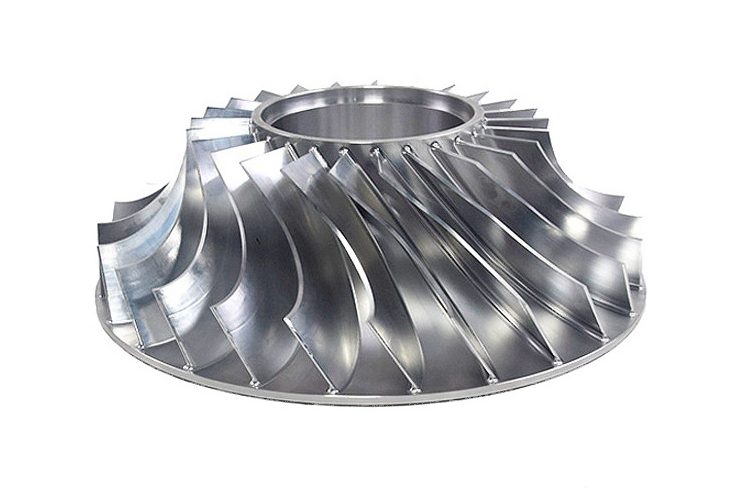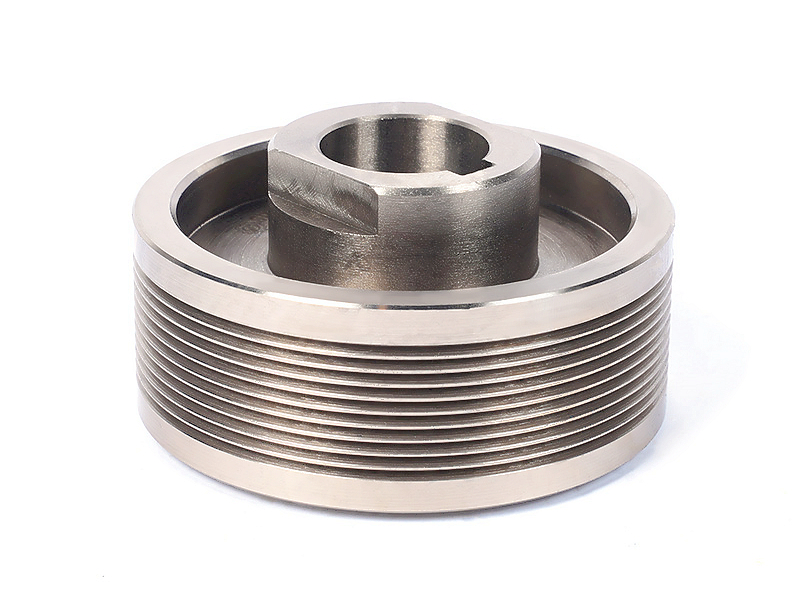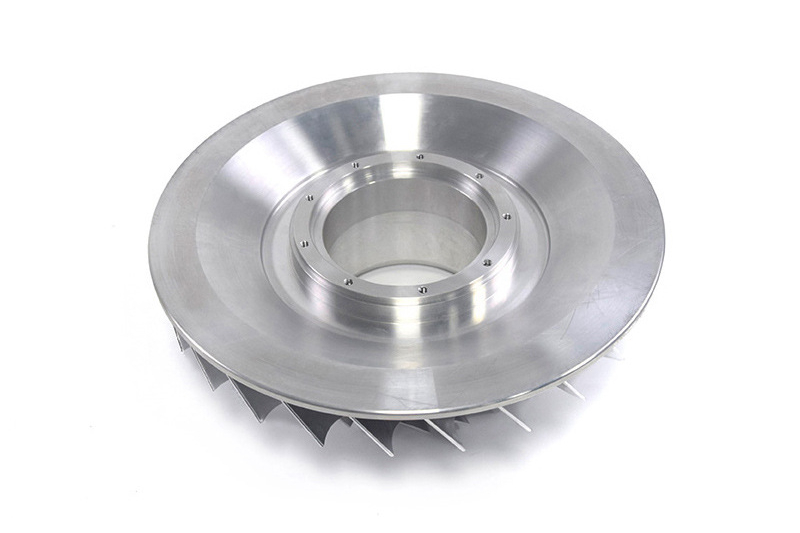How do titanium and aluminum anodizing differ in function and film structure?
From a metallurgical and electrochemical perspective, the anodizing of titanium and aluminum results in fundamentally different oxide films in both structure and primary function, despite sharing the same overarching process name. Aluminum anodizing is typically engineered to create a thick, porous, abrasion-resistant coating for wear protection and color dyeing, while titanium anodizing produces a thin, dense, interference-based film prized for its biocompatibility, corrosion resistance, and unique color effects without dyes.
Film Structure and Formation Mechanism
The core difference lies in the solubility of the oxide in the electrolyte. For CNC Aluminum Anodizing, a sulfuric acid bath is common. The acid simultaneously grows and dissolves the aluminum oxide (Al₂O₃) layer, creating a highly ordered, porous cellular structure. This structure resembles a honeycomb, allowing dyes to be absorbed into the pores. A final sealing step in hot water or steam hydrates the oxide, closing these pores to lock in the color and enhance corrosion resistance.
In contrast, the oxide layer formed on titanium is virtually insoluble in most anodizing electrolytes. Titanium anodizing grows a thin, dense, and non-porous layer of titanium oxide (TiO₂) through a field-driven mechanism. The thickness of this film is precisely controlled by the applied voltage. The visual color is not achieved with pigments but through thin-film interference, where light reflecting off the top surface of the oxide interferes with light reflecting off the oxide-metal interface. Different voltages produce specific oxide thicknesses, which correspond to specific colors on the spectrum.
Primary Functional Differences
This structural divergence dictates the functional application of each process.
Aluminum Anodizing is a Functional and Decorative Workhorse: The thick, hard, and sealed anodic layer on aluminum is primarily for improved wear resistance, corrosion protection, and paint or adhesive adhesion. The porous structure is essential for its decorative function, allowing for a vast and consistent color palette through dyeing. This makes it ideal for Consumer Products, architectural components, and parts requiring a durable, colored finish.
Titanium Anodizing is for Performance, Biocompatibility, and Aesthetics: The thin TiO₂ layer is exceptionally dense and chemically stable, providing excellent corrosion resistance without significantly altering part dimensions. This is critical for precision components in the Medical Device industry, where the anodized surface is highly biocompatible and non-toxic. The interference colors provide permanent, fade-resistant part identification or aesthetic appeal without introducing foreign dyes, which is valuable in aerospace and high-end applications. It is a common and critical finish for Titanium CNC Machining Service parts.
Comparative Table: Key Differences
Attribute | Aluminum Anodizing | Titanium Anodizing |
|---|---|---|
Oxide Layer | Thick (10-25+ µm), Porous Al₂O₃ | Thin (0.5-5 µm), Dense TiO₂ |
Color Mechanism | Absorption of dyes into pores | Thin-film interference |
Primary Function | Wear & Corrosion Resistance, Decorative Dyeing | Corrosion Resistance, Biocompatibility, Permanent Color Coding |
Dimensional Impact | Adds significant, predictable thickness | Negligible dimensional change |
Post-Process | Requires sealing to close pores | Self-sealing; no further treatment needed |
Engineering Implications for Part Design
Selecting the appropriate process is driven by the part's end-use. Specify aluminum anodizing when you need a durable, wear-resistant, and brightly colored finish for consumer or industrial hardware. Choose titanium anodizing for critical applications where dimensional stability, supreme corrosion resistance, and biocompatibility are paramount, and where the unique, metallic interference colors are desirable for form or function. For other metal components, processes like Stainless Steel Passivation or Electroplating Service would be more appropriate surface treatment solutions.



